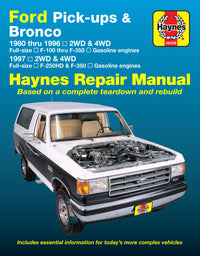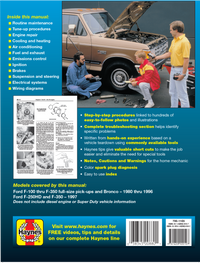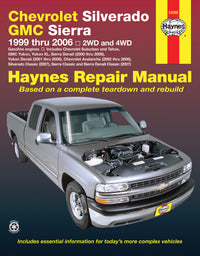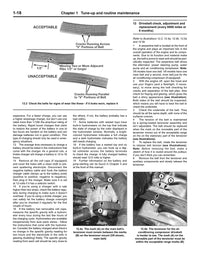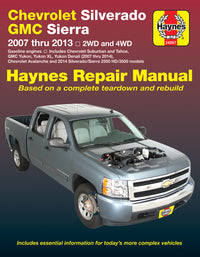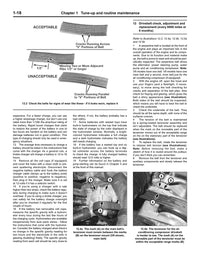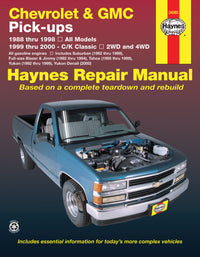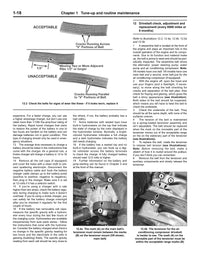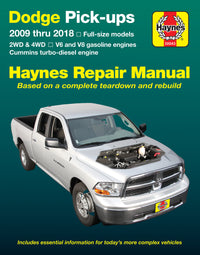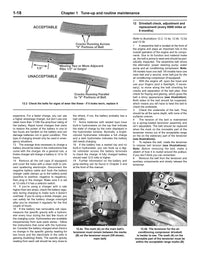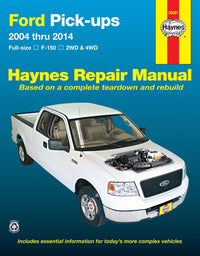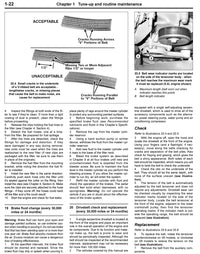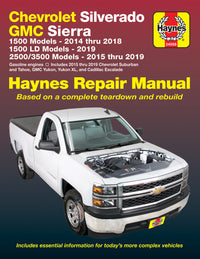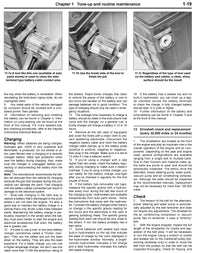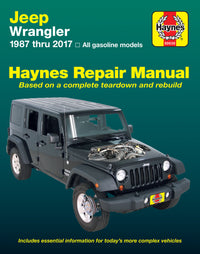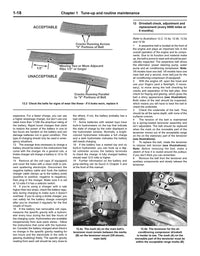Why Firebird Owners Get Their Hands Dirty
Why the Firebird is a DIY Classic
- GM Platform Simplicity: Firebirds share their DNA with the Camaro and other GM RWD icons, making parts easy to source and procedures familiar.
- Unmistakable Owner Culture: From Smokey and the Bandit to swap-meet restomods, Firebird owners are passionate, knowledgeable, and unafraid to wrench.
- Serviceable by Design: Whether it’s leaf springs, pop-up lights, or bolt-on Ram Air hoods, the Firebird’s architecture welcomes home garage repair.
- Wide Engine Variety: From the Sprint inline-six to the 455 HO to the LS1, every generation offered powertrains you can rebuild and improve yourself.
- Massive Knowledge Base: Forum threads, club how-tos, and Haynes teardown data mean nearly every fix has been documented—and done before.
- Built for Modding: Air intakes, suspension kits, headers, EFI upgrades—all are within reach.
This is why Firebird ownership pairs naturally with a Haynes manual. These cars were never meant to be mystery boxes—they were built to be opened, upgraded, and driven hard.
Smell the history
The Pontiac Firebird is a classic American 'pony' car – an exotic-looking sporty car with lots of power. It was a direct rival to the Ford Mustang and went for the same long-hood, short-deck look, and had a performance-orientated image calculated to appeal to a youthful market. But just like the Mustang (and the Firebird's GM sibling, the Chevrolet Camaro) it was as tame as an actual pony in more affordable trim levels, and so proved popular with those who liked the style, even if they weren't as interested in going (unreasonably) fast. You could get bigger engines, better trim levels and special editions, as long as you were willing to make the payments.
The Firebird was the base model, but there were also Sprint, Esprit, Formula, Trans Am, and Ram Air models. It was built from 1967 to 2002, through four very different generations and, like so many American cars of this era, it was hit hard by the oil crisis and tightening emissions regulations of the 1970s. Depending on the generation, year, and options selected, engines ranged from economical 2.5-liter four-cylinder units through exotic SOHC straight sixes, turbo V6 and V8 motors, and on to the fire-breathing 455 cubic inch big blocks.
Like the Mustang, Corvette and other muscular American classics, the Firebird's raw early power units were soon tamed, so that as the cars and their styling became more modern, their performance, alas, became more muted. Only later, as more advanced engine technologies were able to replace some of the power lost from the early V8s, did the Firebird and its Formula and Trans Am variants recover some of their early muscle.
The first-generation Firebird ran for just three years, from 1967 to 1969, but sold more than 250,000 units. It had classic 'coke bottle' styling, and was available in two-door hardtop and convertible versions. It came with a choice of engines, from a 230 cubic inch SOHC straight six with 165hp up to a 400 cubic inch Ram Air IV V8 model with 345hp. In between were a Sprint model and two smaller V8s.
Just like on the larger Tempest GTO, Pontiac included a Ram Air model at the top of the line, with functional air scoops built into the hood and modified heads and camshaft for better breathing. The Trans Am variant arrived in spring of 1969, as an optional performance and styling pack that got its name from the American racing series where the Firebird took on Chevrolet Camaros, Dodge Challengers, AMC Javelins and Ford Mustangs.
Fix the most common jobs on your car with our new one-job video tutorials

The long-running second-generation Firebird arrived in 1970 and continued right through to 1981. A later 1970s version is the model shown in our cutaway image, which also unfortunately bore the brunt of the 1973 oil crisis, new emission controls, and increased safety standards.
The second generation started so well, with a new more streamlined body that borrowed some lines from Ferrari. The entry level Firebirds were always modestly powered, but in 1970 Pontiac offered at the top of the heap a 400 cubic inch/6.6-liter Ram Air IV motor with up to 370hp. For 1971 they uppped the displacement to 455 cubic inches/7.5 liters but unleaded gas and smog laws started to cut into its power.
The Firebird was hit by the perfect storm that was mid-seventies insurance rates, fuel prices, and federal regulations. New 5 mph bumper requirements arrived in 1974 alongside other safety enhancements which caused a dramatic weight increase. Unleaded fuel meant reduced compression ratios and power, as did the new more accurate horsepower testing rules. Hydrocarbon and carbon monoxide limits meant less aggressive cams and retarded ignition timing. As if this wasn't bad enough, new corporate average fuel economy rules meant the end to huge engine displacements and low rear-end gearing.
Remember Smokey and the Bandit? Then you must remember Burt Reynolds' 1977 Pontiac Trans Am. Burt and that movie helped keep the car cool-looking at a time when the most powerful option was a 6.6-liter V8 putting out just 200hp
By 1980 the biggest V8 you could get was just 5.0 liters, and even the special turbo V8 option generated only 220hp – just two-thirds the power of the early Ram Airs.
The third-generation Firebird, which ran from 1982 to 1992, swept away the slow and heavy holdout from the 1970s by being an all new, lighter, better-handling car. Pontiac embraced the new realities of environmentally conscious America, swapping giant gas-guzzling V8s for improved aerodynamics, smaller size, and advanced chassis developments.
The Firebird was completely redesigned, delivering the best aerodynamics of any General Motors car to date and a weight saving of 500lb over the previous model. The body shape was developed in a wind tunnel, the windshield was sloped to 62 degrees and the headlights were now pop-up items.
It looked great, but the third-generation Firebird was also about efficiency not just performance. For a while Pontiac even offered a feeble 2.5-liter inline six with just 88hp, which was rated at an impressive 32 mpg on the highway. The fuel-injected 5.0-liter V8 was still the largest offered, and power was up thanks to modern fuel injection. Indeed, this motor matched the old turbo motor by 1988, after which a larger 5.7-liter V8 was introduced at the top of the line-up.
If the third-generation Firebird marked an era of svelte sensibility, the fourth and final generation (1993-2002) bought back some of the high-powered options from old days. More modern and powerful motors, including the mighty LS V8, combined with handling that had never been possible before in a pony car. The last of the Firebirds even offered safety features such as airbags and anti-lock brakes.
The last year of the Firebird Trans Am was 2002, but it wasn't going quietly into the night. The WS6 option produced 325hp from its 5.7-liter V8 engine and in testing covered the quarter mile in 13.16sec. Honor was restored, but sadly the entire brand folded just a few years afterward.
Generations at a Glance
|
Gen 1: 1967–1969
- Ram Air cars run hot—especially in traffic or with poor airflow
- Stored cars often have gummed-up carbs, seized drum brakes
-
Hard launches and wide tires stress the original suspension geometry
Gen 2: 1970–1981
- Weekend cars often suffer from brittle vacuum lines and leaky gaskets
- Power windows and gauges fail from ground issues and old switches
-
Rust creeps in around rear quarters and floor pans
Gen 3: 1982–1992
- EFI systems rely on sensors—CTS, TPS, MAP—many now failing
- Pop-up headlights wear out motors or stick due to relay faults
-
High-mileage cars develop clunks from torque arm bushing collapse
Gen 4: 1993–2002
- LS1 cars overheat from collapsed lower radiator hoses or air pockets
- ABS sensors and window switches are common failure points
- Pop-up headlights still stick—relays and motors wear with age


